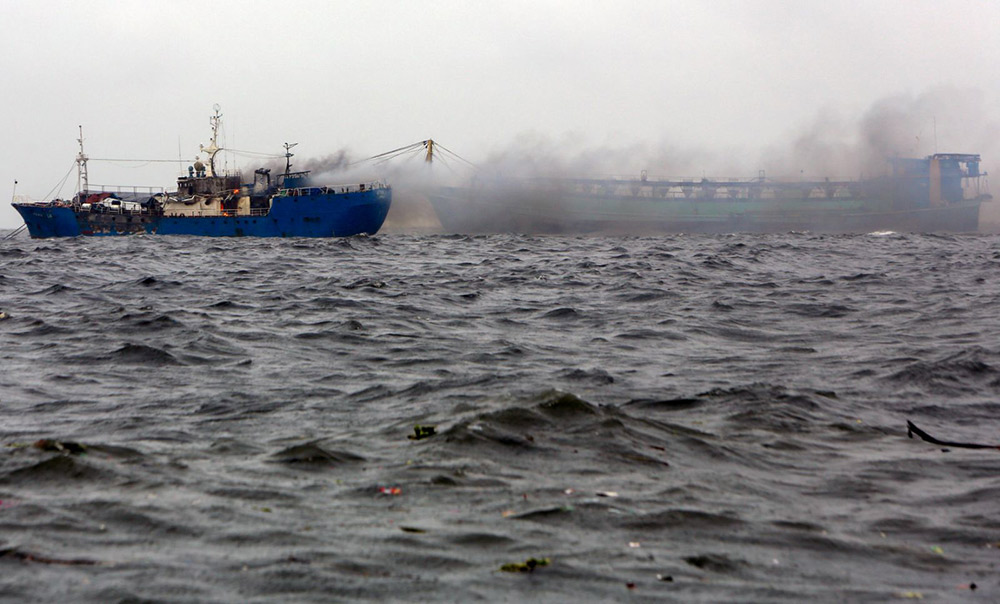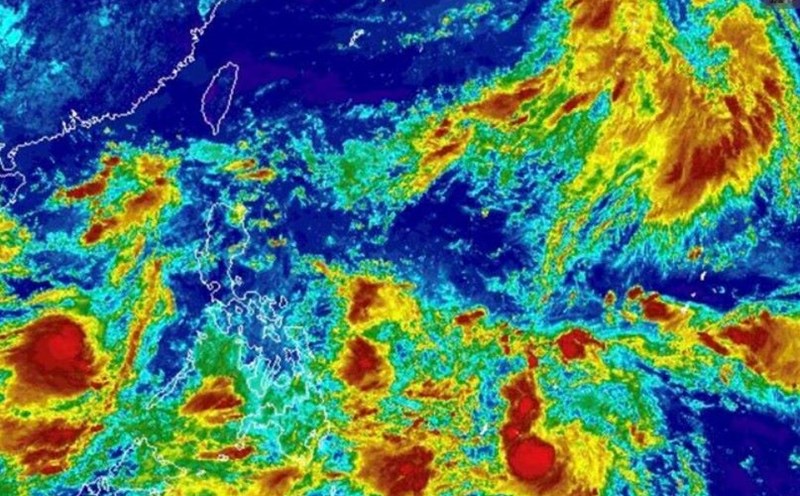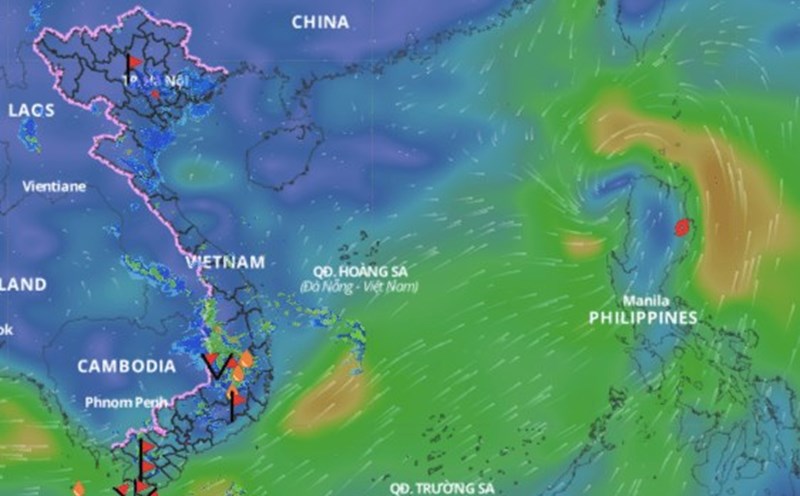Ahead of the forecast of Typhoon Yagi on September 3, authorities in Hainan (China) activated a level 4 emergency response, preparing to deal with the storm about to make landfall on the coast of this province.
Currently, Typhoon Yagi is moving eastward in the South China Sea and approaching the eastern area of Hainan Island, China.
The storm is forecast to continue to strengthen and make landfall in China, heading towards the eastern coastal areas of Hainan Island and the western coast of Guangdong Province on September 6.

According to information from the Guangdong Meteorological Agency (China), wind speed near the center of typhoon Yagi can reach a maximum of level 15-17, equivalent to a strong storm or super typhoon.
The sea areas of Guangdong province will be affected by strong gusts of wind from the night of September 3 to September 8, while Hainan Island is expected to see heavy rain from September 5 to September 7.
Macau's Meteorological and Geophysical Bureau (China) also said that Typhoon Yagi is currently moving west or northwest after entering the East Sea.
Forecasts show the storm will maintain its current trajectory for the next 24 to 48 hours, heading towards the Leizhou Peninsula and Hainan Island.
Current forecasts indicate that the storm is likely to intensify as it approaches the Chinese coast late on September 4 and 5. Typhoon Yagi is currently about 800 km from Macau, China.
Forecasts from the Hong Kong (China) weather bureau show that Typhoon Yagi could reach typhoon level when it enters an area about 400 km from Hong Kong (China) on September 5, and will become a very strong storm when it approaches Hainan Island on September 6.

Before heading towards China, Typhoon Yagi caused severe damage in the Philippines, killing at least 14 people and forcing thousands to evacuate.
Schools and offices in Manila and neighboring provinces remained closed for a second consecutive day on September 3.
Typhoon Yagi swept through the Philippines just a week after the rainy season flooded parts of Metro Manila and other parts of the country.
Given the complex weather situation, visitors planning to visit the above areas should pay attention to monitor and update the latest information about the storm from official sources. Always follow the instructions of local authorities and security personnel. Note, save the contact information of the embassy or consulate in the host country to receive support when needed.






